Magnetic drive pumps, often referred to as mag-drive pumps, are a specialized type of pump designed to handle hazardous, corrosive, or high-purity fluids without the risk of leakage. Unlike traditional pumps that use a mechanical seal, mag-drive pumps rely on a unique and ingenious sealing mechanism: magnetism. This design makes them a top choice for applications where safety, environmental protection, and zero-leakage are critical.
How a Magnetic Drive Pump Works
The core of a mag-drive pump’s design lies in its two magnetic couplings: the outer magnet and the inner magnet.
- Outer Magnet: This magnet is attached to the motor’s drive shaft and rotates with it.
- Inner Magnet: This magnet is fixed to the pump’s impeller shaft and is located within the sealed pump housing.
A key feature of the design is the containment shell (also known as a can or shroud). This static, non-magnetic barrier separates the inner magnet and the fluid from the outer magnet and the motor. As the motor turns the outer magnet, the magnetic field passes through the containment shell and exerts a force on the inner magnet, causing it to spin in perfect synchronization. The inner magnet, in turn, rotates the impeller, which moves the fluid.
Because the fluid is completely contained within the pump housing and containment shell, there is no need for a dynamic mechanical seal, which is the most common point of failure and leakage in traditional pumps.
Key Advantages of Magnetic Drive Pumps
The no-leakage design of a magnetic drive pump provides a number of significant benefits:
- Zero Leakage: This is the most crucial advantage. The hermetically sealed design eliminates drips, leaks, and emissions, making these pumps ideal for handling hazardous, toxic, or expensive fluids. This also protects personnel and the environment from exposure.
- Reduced Maintenance: Without a mechanical seal, there’s no need for frequent adjustments, seal replacement, or the associated downtime. This leads to lower maintenance costs and a longer operational life.
- Enhanced Safety: Eliminating leaks of flammable, corrosive, or toxic fluids drastically improves workplace safety.
- Contamination-Free Pumping: For applications requiring high purity, such as in the pharmaceutical or semiconductor industries, a mag-drive pump ensures that no external contaminants can enter the fluid stream.
- Corrosion Resistance: The containment shell and other wetted parts can be made from a variety of corrosion-resistant materials, such as plastics (PP, PVDF) or advanced alloys (Hastelloy, Titanium), to match the specific fluid being handled.

Limitations and Considerations
While powerful, mag-drive pumps are not suitable for every application. Some limitations include:
- Dry Running: They are highly susceptible to damage from dry running. The internal magnets and bearings are often lubricated and cooled by the pumped fluid. Without it, the heat generated from friction can quickly damage the pump and demagnetize the magnets.
- Solids Handling: The close tolerances within the containment shell make them unsuitable for fluids with high concentrations of solids or abrasives, which can cause damage to the bearings and shell.
- Higher Initial Cost: The specialized design and materials can make the initial purchase price higher than that of a mechanically sealed pump.
Common Applications
Magnetic drive pumps are a staple in industries where reliability and safety are paramount. They are commonly used for:
- Chemical Processing: Transferring acids, bases, solvents, and other aggressive chemicals.
- Pharmaceutical and Biotechnology: Handling high-purity water, sterile media, and pharmaceutical ingredients.
- Water Treatment: Dosing and transferring corrosive chemicals like sodium hypochlorite or ferric chloride.
- Petrochemical Industry: Pumping volatile and hazardous hydrocarbons.
- Plating and Surface Finishing: Circulating corrosive plating solutions.
In conclusion, the magnetic drive pump stands out as a critical piece of technology for any application demanding absolute fluid containment. Its ingenious design bypasses the traditional points of failure, offering a reliable, low-maintenance, and environmentally safe solution for the most challenging pumping tasks.

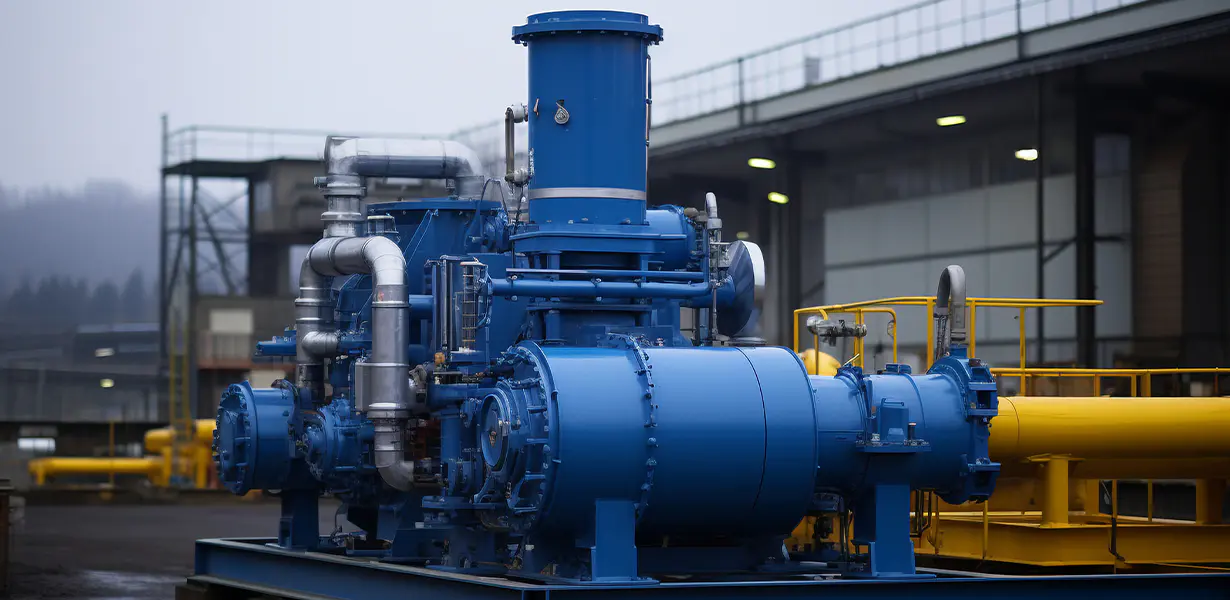
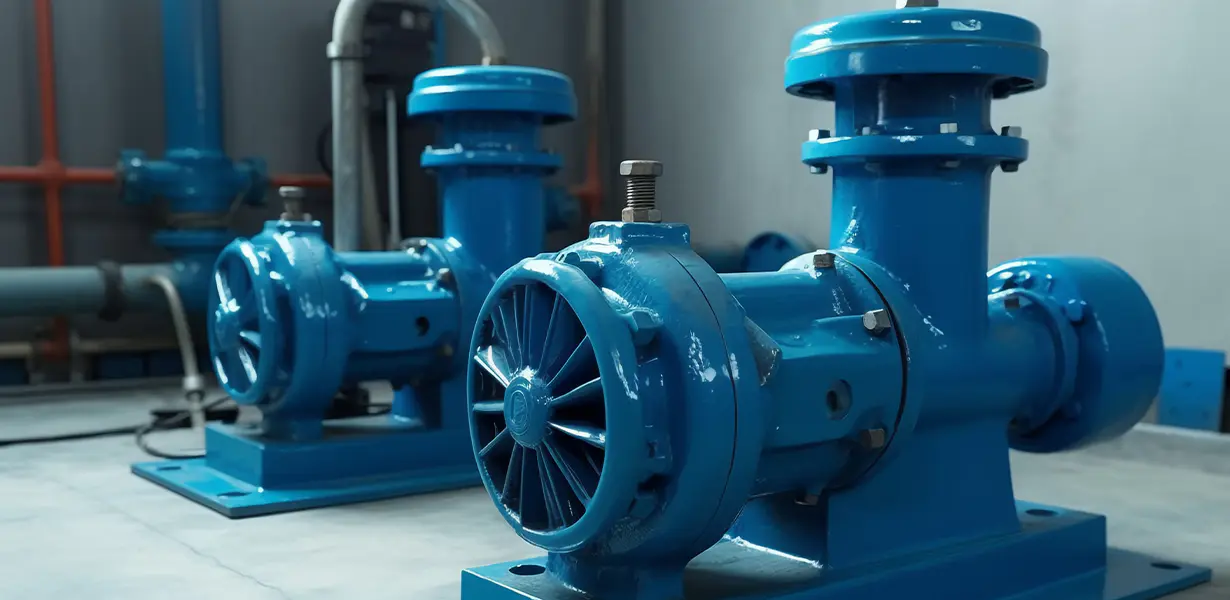
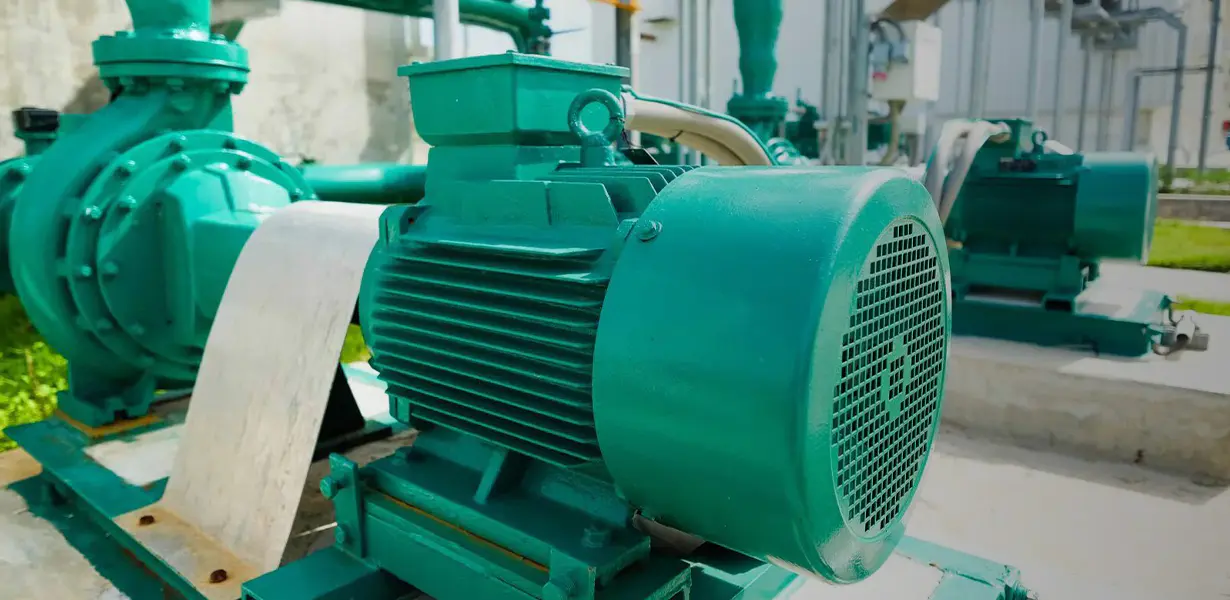
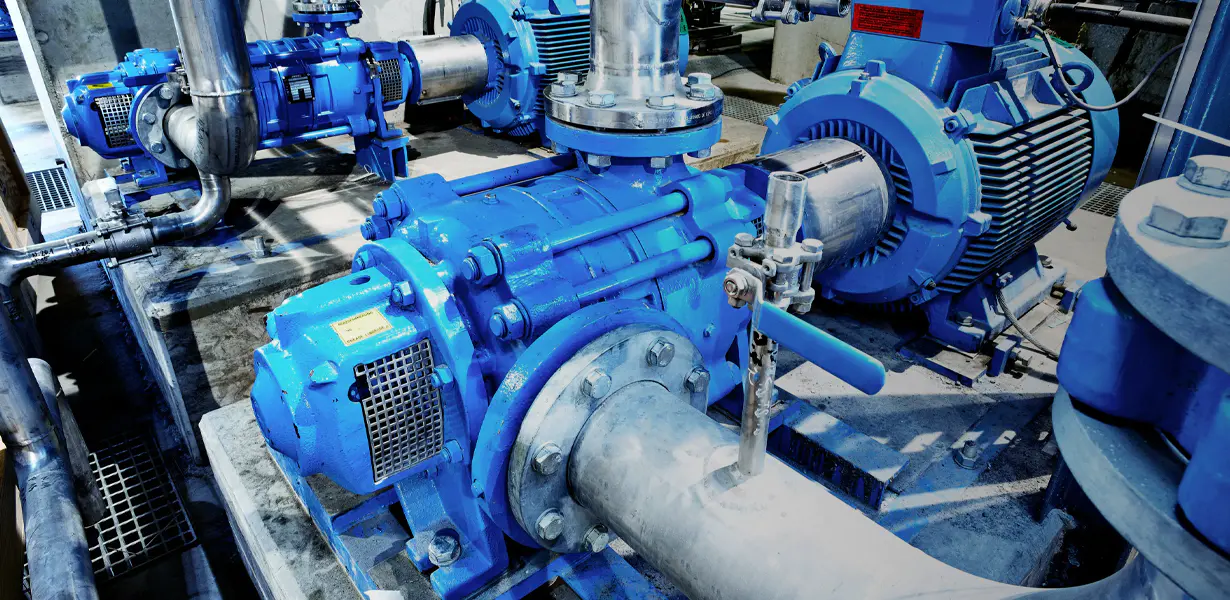
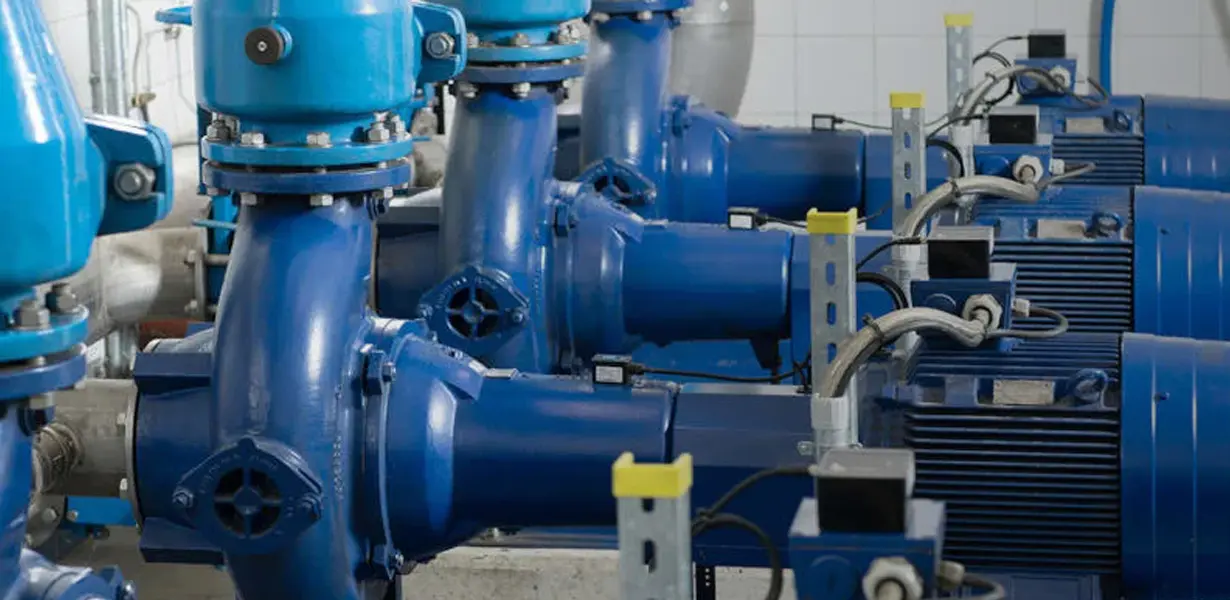


 English
English русский
русский Español
Español Français
Français












